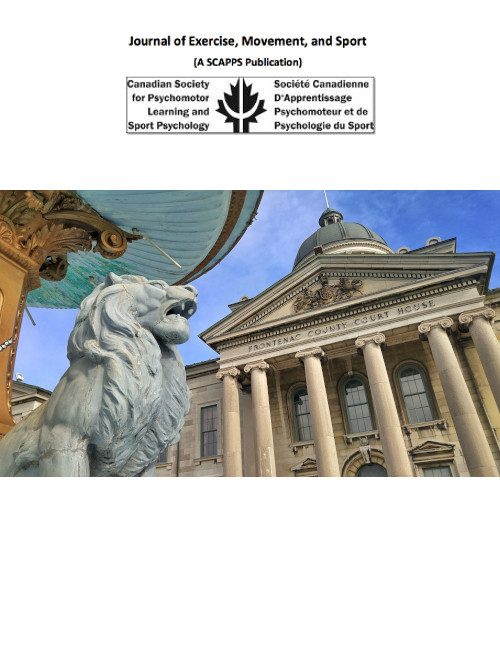Abstract
Whether we cheer for our favourite players or boo their opponents does not always have the effect we intend it to have. Active spectators (here: spectators who show directly influencing behaviour, e.g., cheering and encouragement or booing) seem to cause increases in motor performance through cheering and decreases through booing – but also the opposite or no effect. Previous studies and theories have suggested a range of mechanisms to explain this variability in effects; these may include threat perception, self-presentational tendencies, emotional support, or increased importance.The present systematic review maps the existing evidence of active spectators on motor performances (excluding archival correlational studies regarding the relationship between audience size/density and home advantage) to identify mediating and moderating factors, synthesize empirical findings, and highlight gaps to inform future research. In forward searches, we found 11,015 records in eleven databases (Scopus, PsycINFO, PsycArticles, Sport Discus, Web of Science, ProQuest Dissertations, OvidSP, PsyArXiv, OSF Preprints, SportRxiv, Theses Commons), of which N=23 met the inclusion criteria (n=8 experiments, n=5 observational studies, n=10 archival analyses).
The review identified several mediators: self-presentational concerns, arousal, motivation, social cognitions, cognitive distraction and self-focus, which may explain social influence in sports. Their influence might vary depending on moderators like the task’s (e.g., difficulty, type), the spectator’s (e.g., behaviour, familiarity) and the performer’s characteristics (e.g., gender, narcissism). However, only very few studies have demonstrated these relationships empirically. The findings have implications for our sport psychological understanding, reaching from social psychological processes to performance under pressure to home field advantage.

